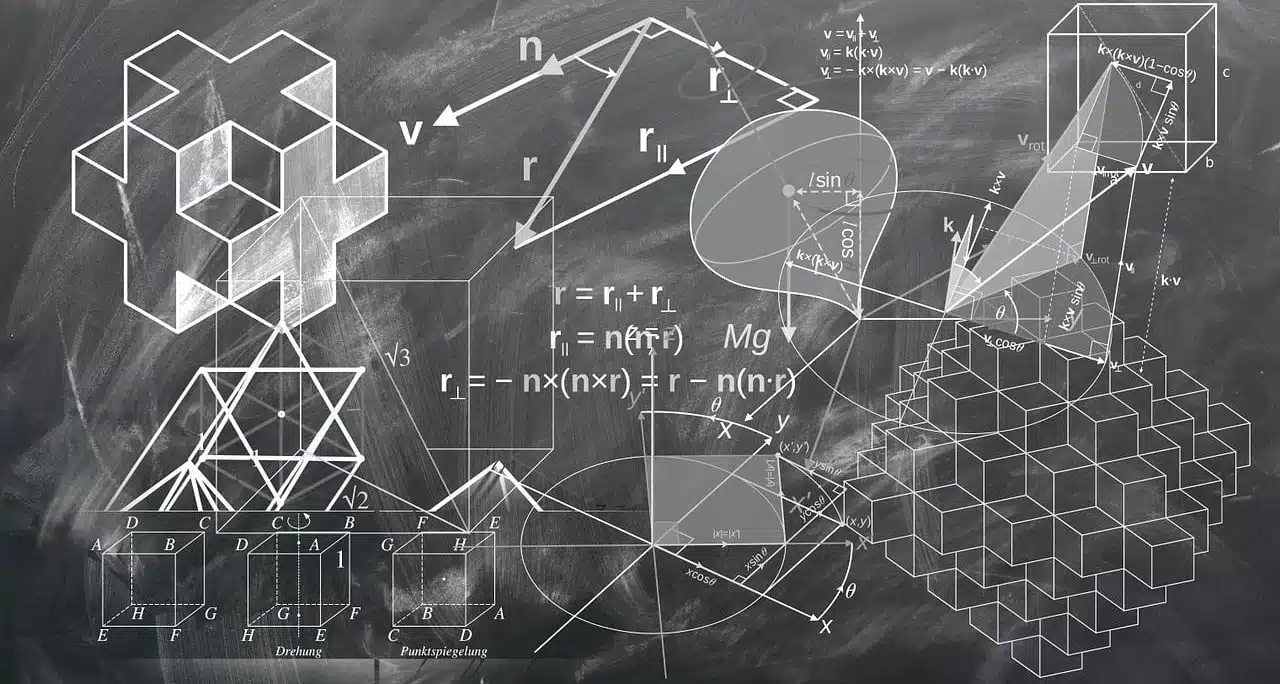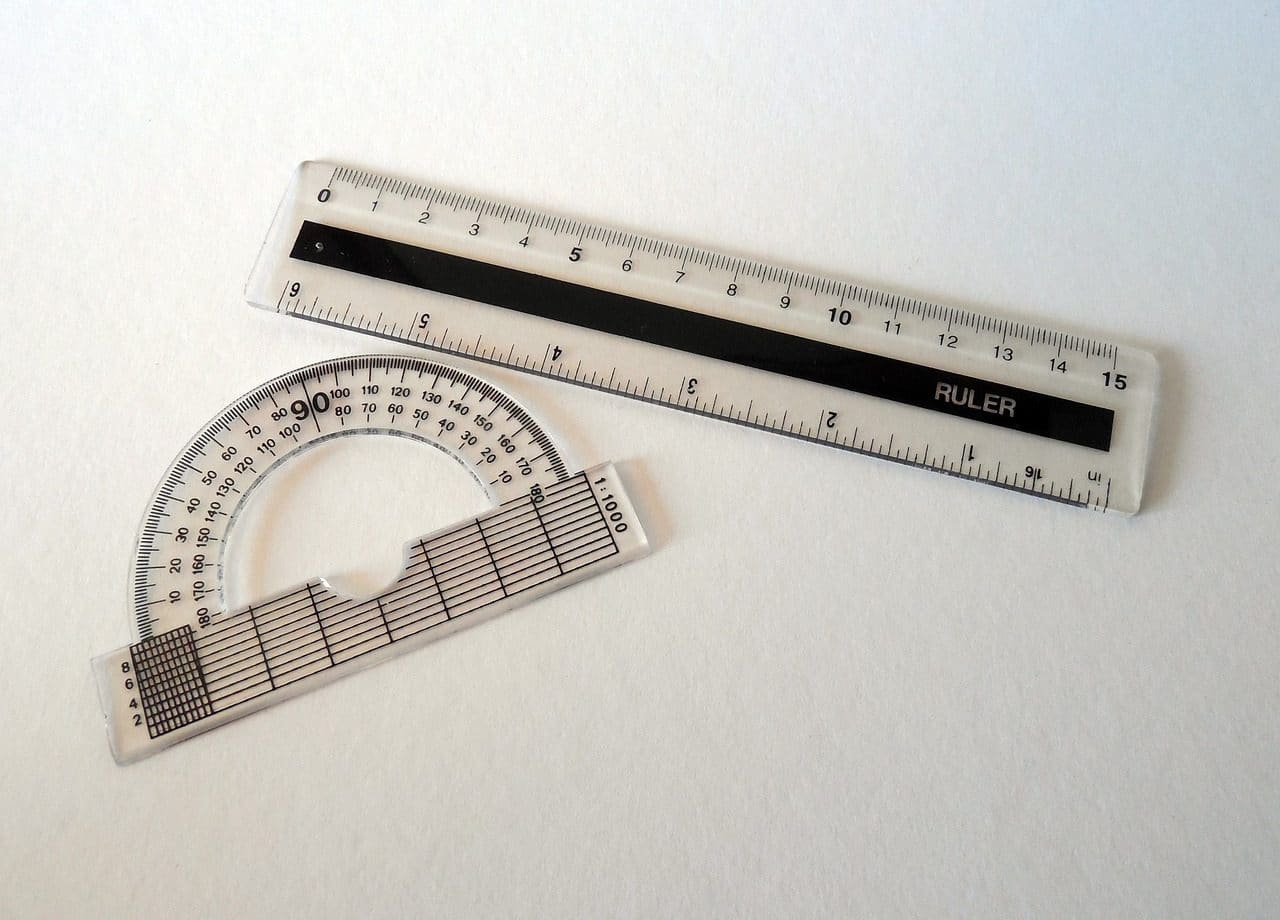
A plane angle measures 180º.
A straight angle is one that measures 180° . The notion of angle , meanwhile, is formed by two rays that share the same vertex as their origin.
There are numerous types of angles that differ from each other according to their characteristics: one of the most common ways to distinguish them is by taking into account their amplitude . In the case of the straight angle, it is one greater than the null angle (which measures 0°), the acute angle (greater than 0° but less than 90°), the right angle (90°) and the obtuse angle ( measures more than 90° and less than 180°). On the other hand, the plane angle is smaller than the perigonal angle - also called complete angle -, which has an amplitude of 360°.
Taking these data into account, we can affirm that a straight angle is equivalent to two right angles (90° + 90° = 180°) and half of a perigonal angle (360° / 2 = 180°).
Drawing a plane angle
If we focus on the construction of a plane angle with vectors, we will notice that it is the rotation that the vector makes to completely change its direction . That is to say: when a vector that points in one direction, rotates and points in the opposite direction, in its path it completes a flat angle (it makes a 180° turn).
Drawing a straight angle is easy if we use a protractor and a compass . We just have to make a ray with the protractor, open the compass from the origin to the end of the ray and then make a 180° turn until we reach the opposite side. The width of the angle of 180° places us before a flat angle.

A protractor helps to draw a straight angle.
The bisector
One of the complementary concepts to the angle is the bisector , a ray that crosses the vertex of an angle and results in two halves, that is, two identical parts. This is the geometric locus (the set of points in which certain properties or conditions are observed) of the plane that is at the same distance from each of the two rays that form the angle; In other words, each point on the bisector is at an equal distance from both rays.
In the case of straight angles, the bisector is easier to draw than in most others: since, at first glance, a 180° angle is nothing more than a line, it is enough to determine its central point, the vertex of the two rays, and begin to draw a line perpendicular to both from there. As a result of the bisector we obtain two right angles, that is, 90°.
Flat angles in video games
Angles are a fundamental part of mathematics , but also of any discipline that uses graphic elements to recreate situations typical of physics , regardless of the degree of realism. Whether in cartoon series, computer animated films or video games, although the public is not always aware of it, it would not be possible to animate a character walking or the trajectory of a rock flying through the air without calculating many angles simultaneously .
As mentioned in a previous paragraph, the straight angle can be used to graph the total change in direction of a vector , and this concept is another of the fundamental ones of the aforementioned fields: a video game character has a vector that indicates its orientation in space, moves across the stage following another vector, and the same thing happens for all moving objects.
Although most people do not like mathematics, in everyday speech there are many expressions that have their origin in this science. Focusing specifically on the concept of a straight angle, it is often said that a situation or life itself takes a 180° turn to refer to a drastic or complete change, from peace to chaos or vice versa.
